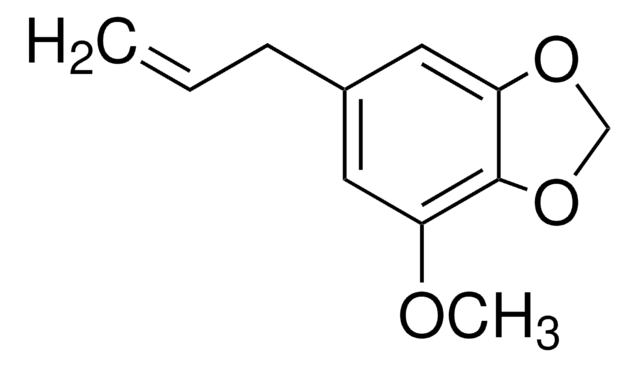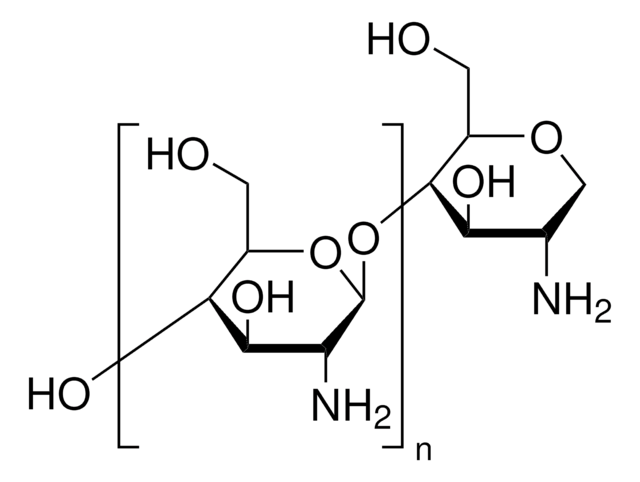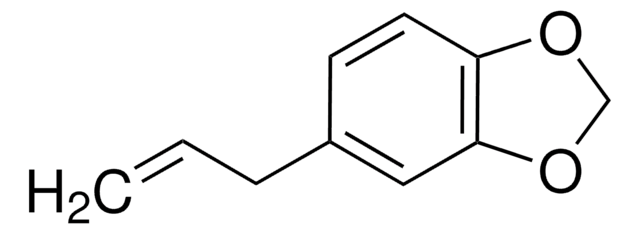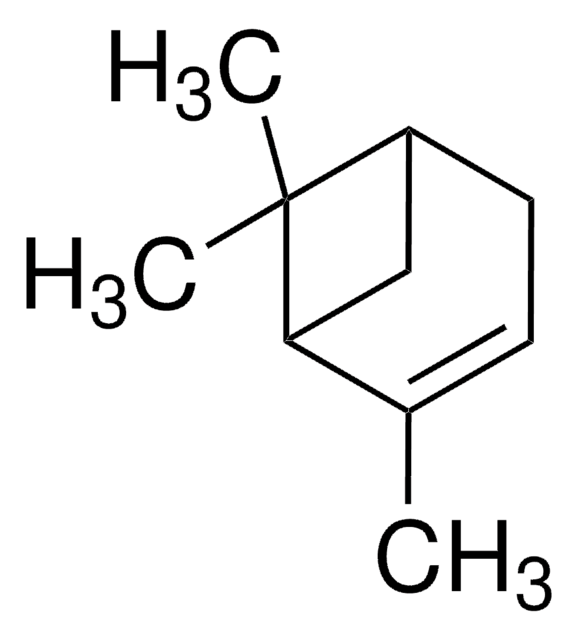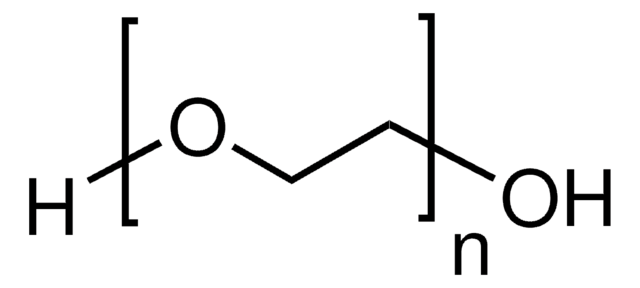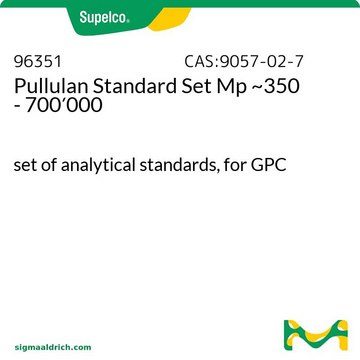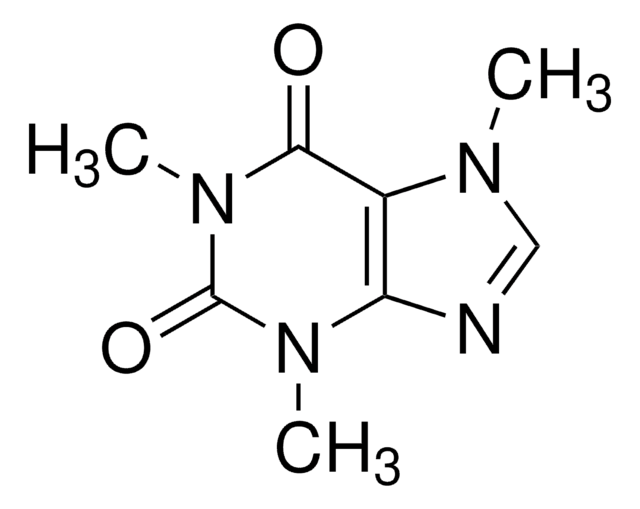09237
Myristicin
analytical standard
Synonym(s):
5-Allyl-2,3-(methylendioxy)anisole, 6-Allyl-4-methoxy-1,3-benzodioxole
About This Item
Recommended Products
grade
analytical standard
Quality Level
Assay
≥97.0% (GC)
shelf life
limited shelf life, expiry date on the label
technique(s)
HPLC: suitable
gas chromatography (GC): suitable
application(s)
food and beverages
format
neat
storage temp.
2-8°C
SMILES string
COc1cc(CC=C)cc2OCOc12
InChI
1S/C11H12O3/c1-3-4-8-5-9(12-2)11-10(6-8)13-7-14-11/h3,5-6H,1,4,7H2,2H3
InChI key
BNWJOHGLIBDBOB-UHFFFAOYSA-N
Looking for similar products? Visit Product Comparison Guide
General description
Application
- Leaf extracts of parsley, dill, and celery grown in microwave fields using high-performance thin-layer chromatography (HPTLC).
- Rat urine samples using gas chromatography coupled to mass spectrometry (GC-MS).
- Human serum samples using gas chromatography (GC) with flame ionization detection (FID).
Packaging
Recommended products
Signal Word
Warning
Hazard Statements
Precautionary Statements
Hazard Classifications
Aquatic Chronic 3 - Repr. 2 - STOT SE 3
Target Organs
Central nervous system
Storage Class Code
10 - Combustible liquids
WGK
WGK 3
Flash Point(F)
Not applicable
Flash Point(C)
Not applicable
Personal Protective Equipment
Choose from one of the most recent versions:
Already Own This Product?
Find documentation for the products that you have recently purchased in the Document Library.
Our team of scientists has experience in all areas of research including Life Science, Material Science, Chemical Synthesis, Chromatography, Analytical and many others.
Contact Technical Service